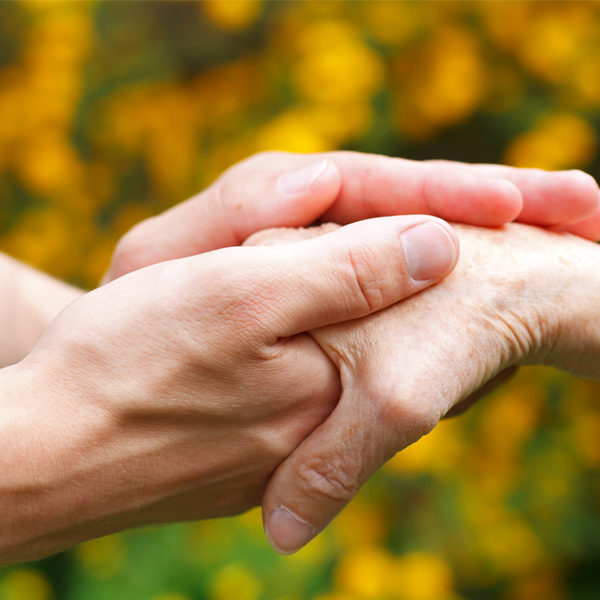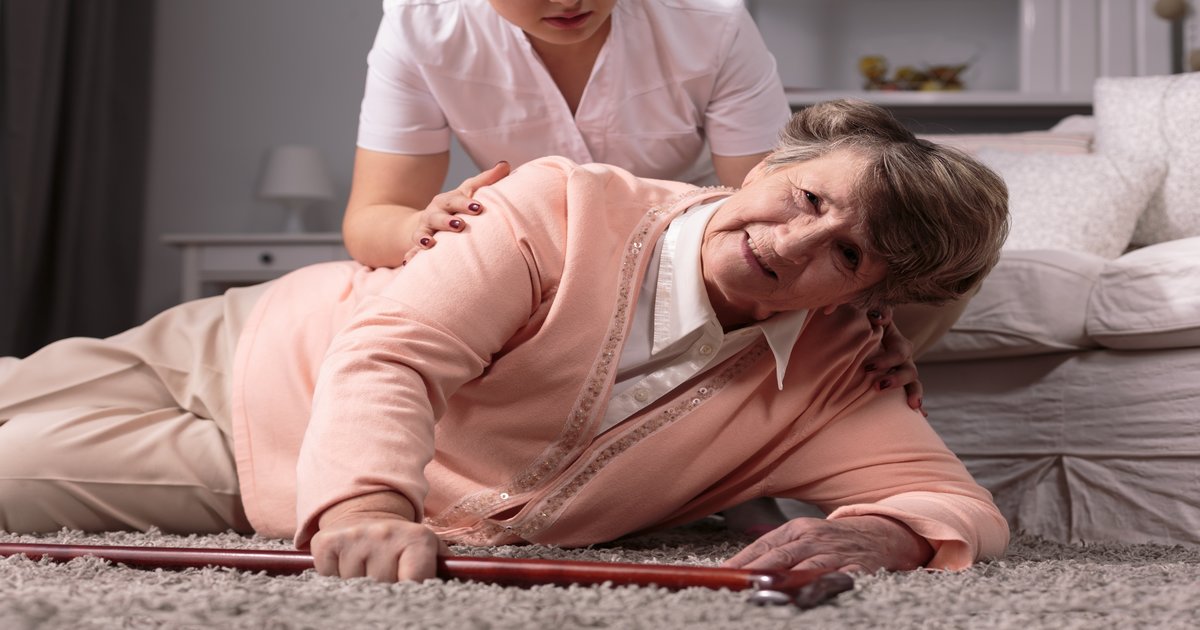Fill our form to download your free research report, written by Dr Mark Hawker.
Steph Explains How The Mangar Bathing Cushion Makes Her Feel Normal Again
Occupational Therapy – case study
This case study is written using the PET occupational therapy model. In 1996 Law et al developed the person environment occupation model as a response to an identified need of occupational therapy, which describes the theory and application of the interaction between the person (P), their environment (E) and the task (T) or occupation. The model gives a defined framework to enable OT’s to concisely clinically reason their intervention.
Person
Steph is 51 and lives with her partner in Kent. She works full time in an accounts office for a local manufacturing company. She adores her job as it gives her purpose, confidence and enjoyment.
Following suffering pain in her knees for a number of years she was diagnosed with Osteoarthritis in 2013 and had a subsequent diagnosis of Rheumatoid arthritis in September 2014. This has result in significant pain on mobility, reduced range of movement and joint stiffness, especially first thing in the mornings. Steph stated she has limited strength in her joints, including her knees and upper limbs.
Steph is adamant she wants to continue to live a fulfilling life by managing her medical conditions. To enable her to continue to work, have fulfilling leisure time and to maintain her dignity, her specific goals are;
- To independently access her bath, so she can soak her joints to reduce her pain and stiffness which improves her general mobility
- To reduce her anxiety and fear of being stuck in the bath
In addition to the client goals OT intervention needed to focus on health promotion and self management to meet the long term needs of,
- Joint protection
- Fatigue management
- Client dignity and well being
Environment
Steph’s lives in a privately rented bungalow. She has lived there for the last four years and hopes to stay as long as they can as they are settled in the area and have a number of close friends locally.
There is one bathroom, it comprises of a standard acrylic bath (1700mm by 700mm), close coupled toilet, shower cubicle and a pedestal wash hand basin. There is ample circulation space and clear access to the bath.
The bungalow meets Steph’s needs now and into the future, due to its off road parking, ease of access to the property, wide hallways and good-sized rooms throughout.
Task – bathing
Steph has difficulties with a number of activities of daily living, in particular bathing. She had stopped using her bath following an occasion when she became stuck in the bath for a number of hours, which caused her a huge amount of stress and anxiety.
Steph stated she had not bathed for nearly two years. Her decision was based on never wanting to be in a position whereby a complete stranger (firemen) maybe called upon to assist her to get out of the bath. Her partners own health would preclude him helping.
Her particular areas of difficulty are,
- Lifting her legs over the bath if not in a seated position and free to use her arms to assist.
- Difficulty getting down to the bottom of the bath and back up again.
- Fatigue on carrying out the task
- Pain on carrying out the activity
Options
On reviewing the options to resolve the problem involved in the task, Steph took the opportunity to look at fixed bathlifts, reclining bathlifts and band bath lifts.
Fixed bath lifts – unsuitable as Steph nor her partner are able to lift the equipment in and out of the bath and Stephs partner did not want to use it. The fixed backrest did not enable Steph to soak all her joints to gain the maximum benefit of soaking in warm water.
Reclining bathlift – the same problems still existed as stated above. In addition although Steph was able to recline, this could not be achieved fully and to accommodate the lift, her knees were flexed and not soaking in the warm bath water.
Band bathlifts – Use of the band required good core strength/balance and Steph needed to shuffle into position, which caused pressure on her joints and pain on carrying out the activity
Steph trailed the Mangar bathing cushion. This allowed her to get right to the bottom of the bath, lie back and soak all her joints, thus achieving both Steph and the therapists goals. Additionally, being leight in weight,Steph was able to install and remove the cushion independently making the bath both available for herself and partner.
Clinical reasoning
To be able to bathe allows us to maintain our personal hygiene, which is essential to our physical health and our mental well being. Steph needed access to her bath to enable her to wash but also soak her joints to reduce pain and stiffness
The bathing cushion has given Steph the confidence to bathe independently and in her own words,
‘Return to doing something that I have been deprived of for a number of years and to do something that is normal which makes me feel normal’













Can the Mangar bathing cushion be used in a larger than normal size bath,I have rhueamtoid arthritis and 2 knee replacements ?
Thanks